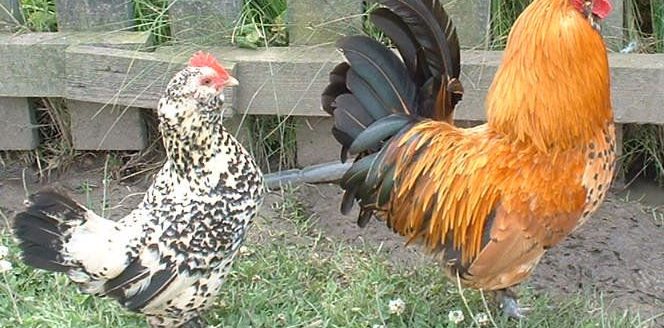Witnesses explain multiple benefits of public lands grazing at congressional hearing
A lieutenant governor, a scientist and an agricultural industry leader made the case for eliminating regulatory burdens and legal loopholes impacting livestock grazing on federal land during a House Natural Resources subcommittee hearing held recently.
Idaho Lieutenant Governor Brad Little, University of Montana Professor Dave Naugle, and Arizona Farm Bureau President Stefanie Smallhouse provided testimony to the subcommittee on federal lands hearing entitled “The Essential Role of Livestock Grazing on Federal Lands and Its Importance to Rural America.” The witnesses emphasized the valuable contribution public lands ranchers make to the economic viability of rural communities and the health of America’s shared natural resources.
“Ranchers are indispensable in the successful management of our public lands. Unlike government administrators, who are only there for a few years, ranchers have been on the land for generations,” said Little, a third-generation rancher testifying on behalf of the state of Idaho, the Public Lands Council and the National Cattlemen’s Beef Association. “If ranchers are regulated off, our country loses the most effective and efficient public lands managers, and the private inholdings are likely sold for development.”
Species conservation is one of the benefits of public lands ranching. The Sage Grouse Initiative, part of the U.S. Department of Agriculture Working Lands for Wildlife species conservation model, demonstrates the potential of collaborative conservation efforts between ranchers and federal agencies. Naugle, who has served as a third-party science advisor to SGI for eight years, believes it is vital to ensure ranchers can continue raising livestock on public lands.
“To date, 2,154 producers have partnered up to conserve 7.5 million acres of grazing lands, an acreage equivalent to three Yellowstone National Parks, benefiting hundreds of rural communities and countless wildlife resources,” Naugle said. “Rancher participation in SGI remains high post-listing decision because WLFW provides win-win solutions that are ‘good for the bird and good for the herd.’”
Despite the proven benefits or grazing, activist groups have increasingly targeted the livestock industry. According to a study by the Mountain States Legal Foundation, a group of eight environmental activist groups filed over 3,300 lawsuits nationwide over a ten-year period. Little said many of these lawsuits exploit regulations found in environmental policy, limiting grazing on public land.
“While well-intended when enacted in the seventies, ESA and NEPA have evolved into weapons for habitual litigants, and the regulations they produce are as ineffective as they are burdensome,” Little said. “Species conservation doesn’t work from the top-down.”
Public lands ranchers see an opportunity to work with the federal government and the environmental community to achieve desired outcomes in land management and species conservation across the west. However, this can only be achieved through regulatory reform that will allow their industry to continue to serve as stewards to America’s public land.
“I urge you to address the burdensome regulatory environment which threatens our way of life and those rural communities where ranching is the year-round backbone that sustains our schools, healthcare and economies,” Little said.


